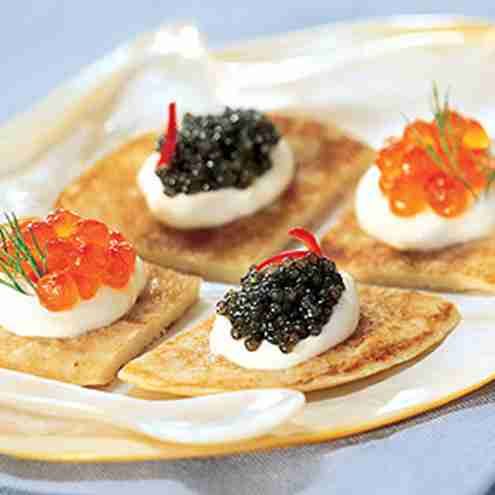8 Most Expensive Food Items In The World
May 15, 2019 • 173 views
They say you don't need a silver fork to enjoy a good meal. For a normal person, a good meal need not be very expensive. Add the below listed ingredients and your dish becomes an expensive one.
Here are eight of the food items that are really expensive, and you should know about!
1. Saffron
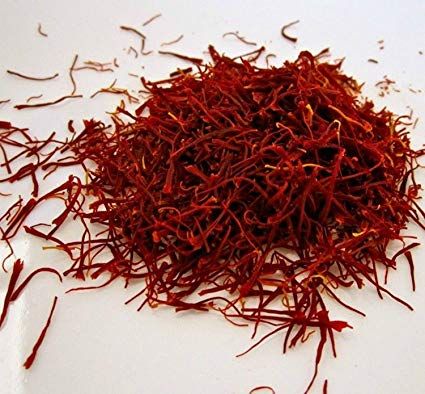
If your rice is luminous yellow, then the chances are it’s been sharing a saucepan with saffron. Why does something so small cost so much? It is, weight for weight, more expensive than gold itself. The reasons are simple, saffron crocuses only flower for a week or two a year in the autumn, harvesting the spice is labour intensive and each small flower has only three stigma which means it takes around two football pitches of crocuses to create a kilogram of saffron.
2. Caviar
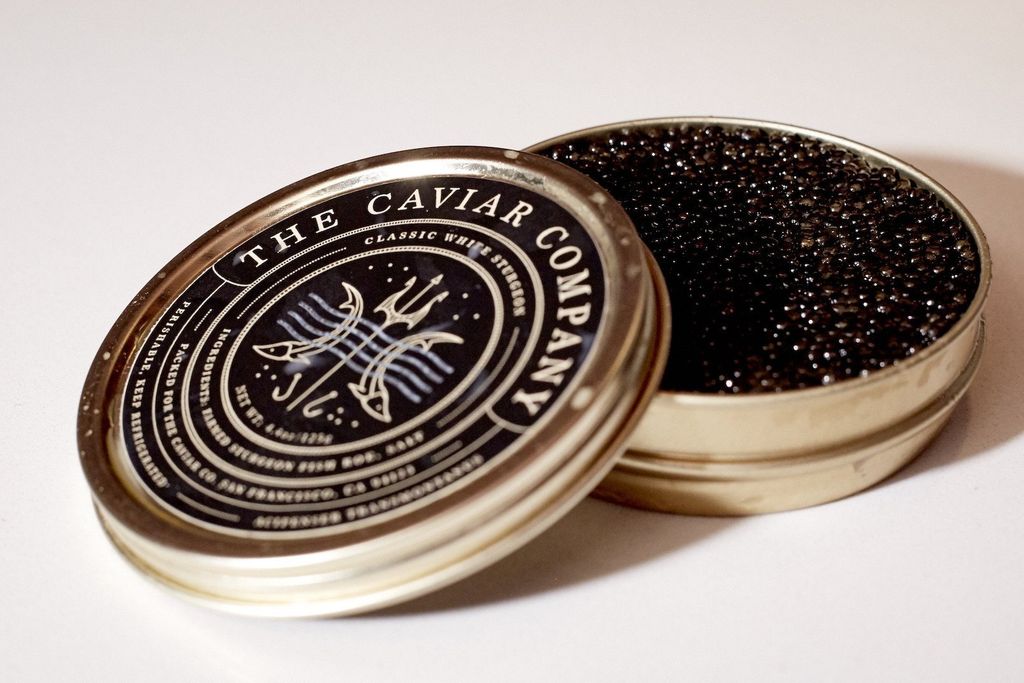
Caviar is the pickled roe of the sturgeon fish, and considered one of the world’s great delicacies. It’s tricky to handle and package but, more significantly, it is incredibly rare. The most famous caviar is from the beluga sturgeon, found in the Caspian and the Black Sea. Now critically endangered, very little of its eggs can be sold legally. It takes up to two decades for the beluga sturgeon to reach maturity and it’s adult size! Even rarer is the roe from the albino sturgeon, now almost extinct in its native environment.
3. Oysters
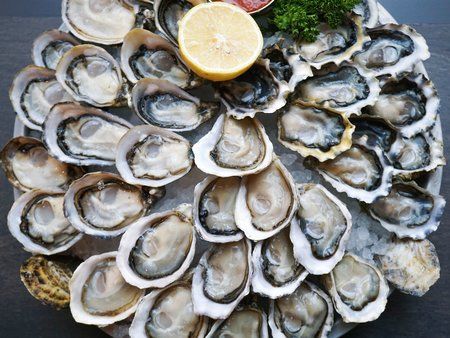
Oyster is the common name for a number of different families of salt water bivalve molluscs that live in marine or brackish habitats. In some species the valves are highly calcified, and many are somewhat irregular in shape. Many, but not all, oysters are in the superfamily Ostreoidea.
4. White Truffle
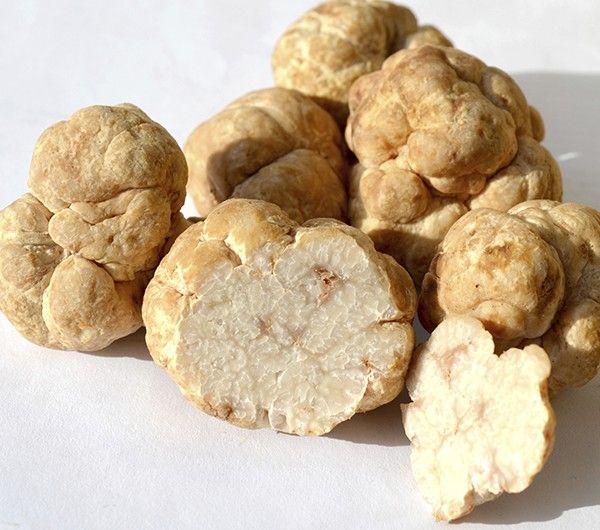
Found in the Piedmont region of Northern Italy, highly esteemed white truffles will only grow amongst the roots of certain trees, are much scarcer than any other type of truffle, and have a particularly intense flavour and aroma.
They can’t be cultivated or grown, although folk have tried for generations to farm the truffles, they can still only be sourced in the wild. It is this unpredictability, along with the lengths people go to locate and harvest them, which results in their hefty price tag.
5. Iberico Ham
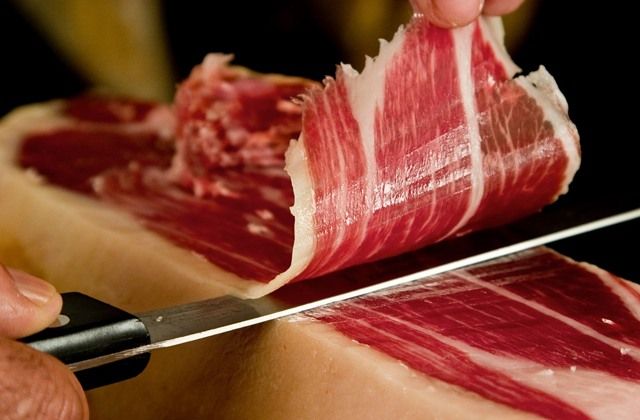
A type of cured ham produced in Spain and Portugal, the finest Iberico ham is from free range pigs that have a diet of only acorns during the last period of their life.
The classification of Iberico ham is extremely strict, with ‘black label’ ham considered to be the very best, produced from pure-bred Iberian pigs, roaming oak forests and feasting on acorns. On top of that, the ham is cured for a lengthy 36 months.
6. Wagyu Beef
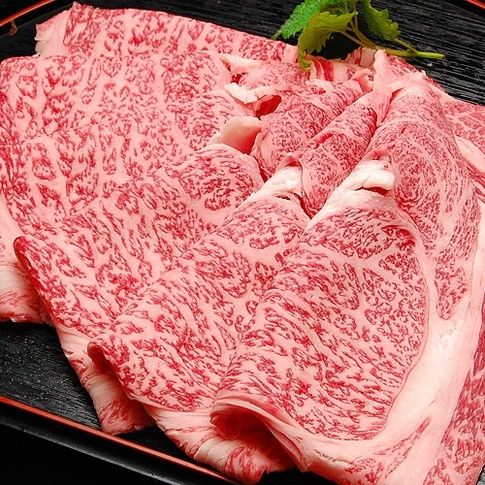
Wagyu simply translates as ‘Japanese Beef’, and it can come from any of four different breeds of Japanese cow. The meat is intensely marbled with fat, which renders down during the cooking process to make the meat tender, moist and melt in the mouth. Some fans describe it as falling apart like a soft piece of fish. The high price point is all down to the rearing process, to qualify for the Wagyu mark the cows have to be reared and fed according to strict guidelines, with calves being given special feed to guarantee the signature fatty marbling.
7. Kopi Luwak Coffee
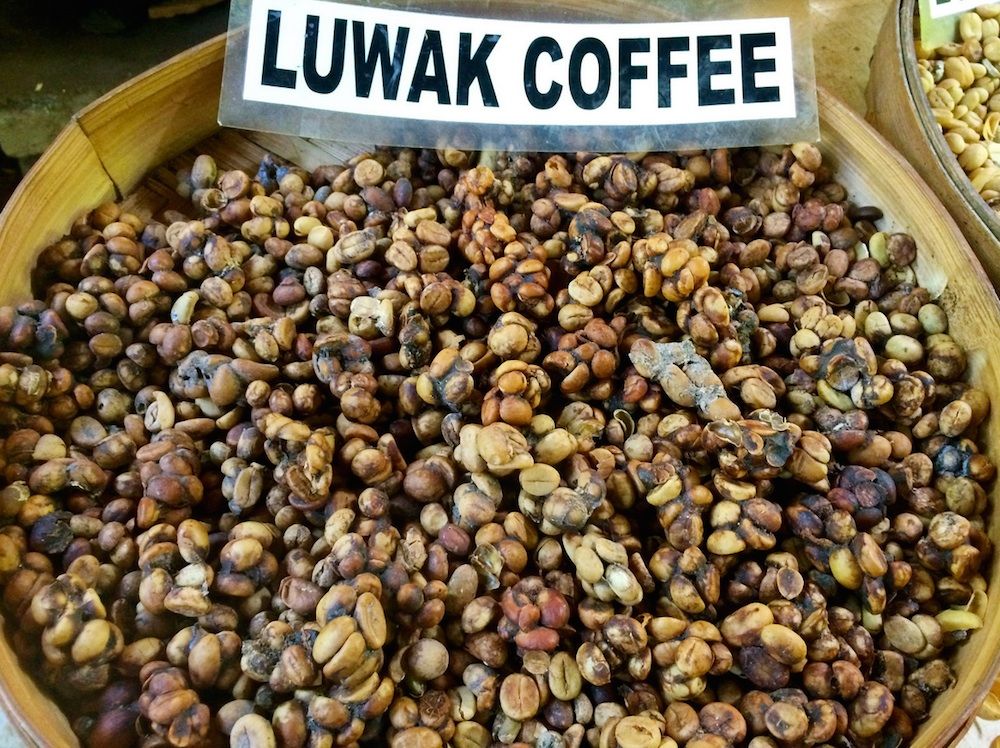
Kopi luwak, or civet coffee, is made from coffee beans eaten, partly digested and then defecated by the Asian palm civet or civet cat. Doesn’t sound all that appetising? Some believe that the part digestion and fermentation caused by the animal’s stomach acid enhances the flavour of the coffee, with other critics in agreement that it’s simply a gimmick resulting in a truly terrible espresso.
8. Foie Gras

Foie gras is a pricey pâté made from duck or goose liver that has been fattened. The flavour is rich, buttery and delicate and the product expensive.
These were some of the expensive food items we commonly know about, stay connected to read more of such food related articles!
